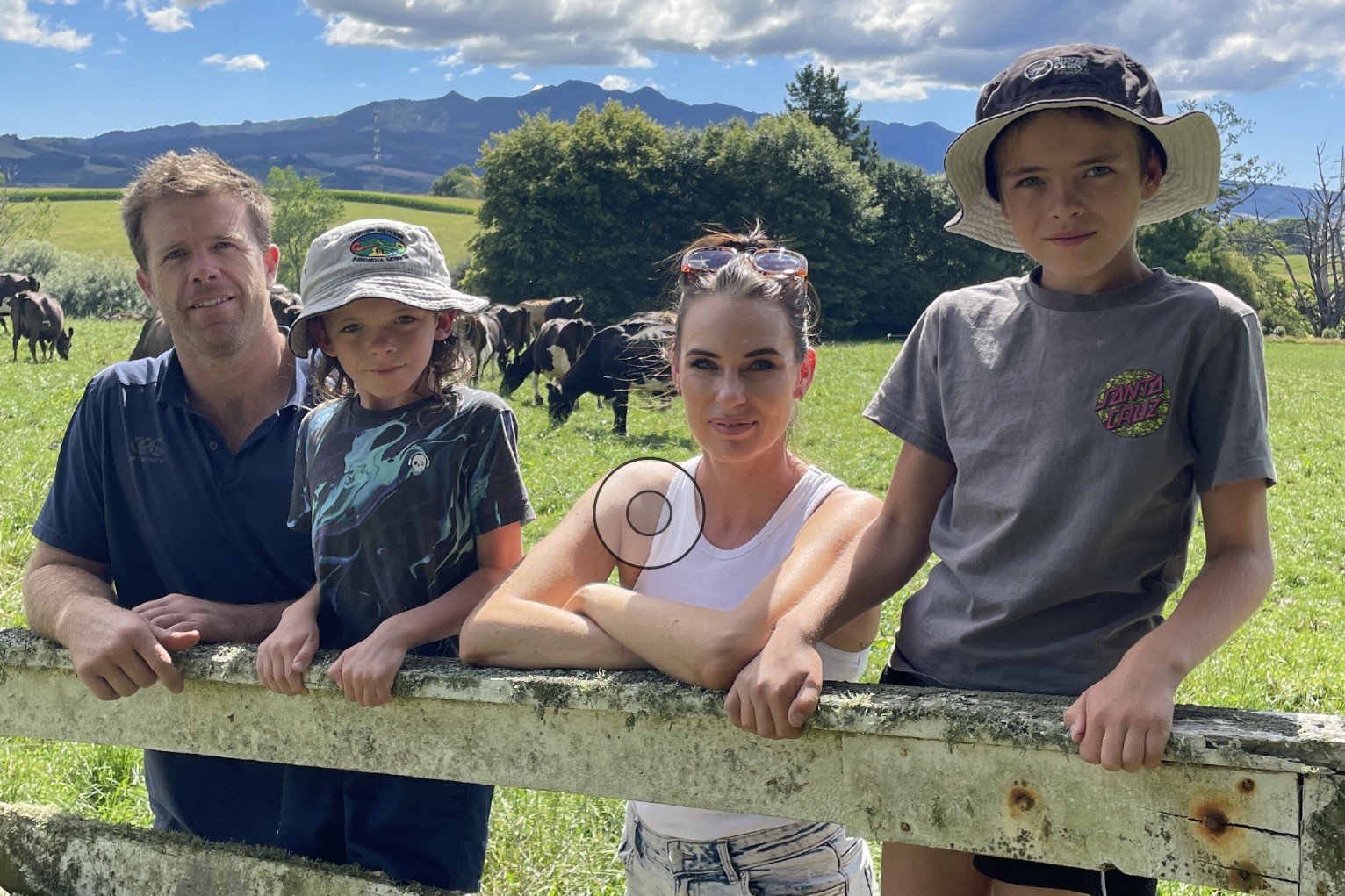Jackie Harrigan
he high-energy ryegrass produced by AgResearch is coming down the development pipeline, but is still years rather than months away.
Greg Bryan, senior AgResearch scientist and co-founder of the transgenic high-lipid ryegrass reported to a group of rural professionals in Palmerston North that the grass is doing well in field trials in the United States, having been forced offshore to be tested due to New Zealand’s strict anti-genetic modification (GMO) rules.
Miniswards simulating pasture were being used in the five- year US programme to confirm the 24% increased photosynthesis rate and 25% higher growth rate observed in NZ glasshouse trials at AgResearch in Palmerston North. They are also checking the stability of the endophyte on the ryegrass and animal trials will begin in two years – ideally in NZ, Bryan reported.
“That does depend on the outcome of a review of NZ GMO laws – and that conversation is just beginning in New Zealand.”
The technology used to transfer genes to the ryegrass, one for an enzyme and one a protein to protect the fat from being broken down within the cells, has now been proven in several other species. Commercialisation in row crops in the US will likely be ahead of Kiwi farmers getting a shot at the forage, with soya beans being the first crop up for release in the US.
Early modelling work indicated a reduction of N excreted from animals eating the high metabolisable energy (HME) forage, because of the change in the energy ratio, which could see a 17% reduction in NO2 emitted, along with 15- 20% decrease in CH4 emissions, which could really help with the 10% reduction target by 2030 under the Zero Carbon Bill.
“The carbon and nitrogen mitigations need to be verified in animal and then whole-farm trials, however,” Bryan said.
The animal trial on the ryegrass will require 20kg of seed to produce enough forage, with a work programme at AgResearch building contained glasshouses to produce the seed.
Better water use efficiency, improved animal nutrition resulting in higher milk solids and better fecundity, along with an increase in short-chain fatty acids (perfect for butter) could also be advantages while the only downside might be increased predation by insects because the grass was very palatable, Bryan said.





